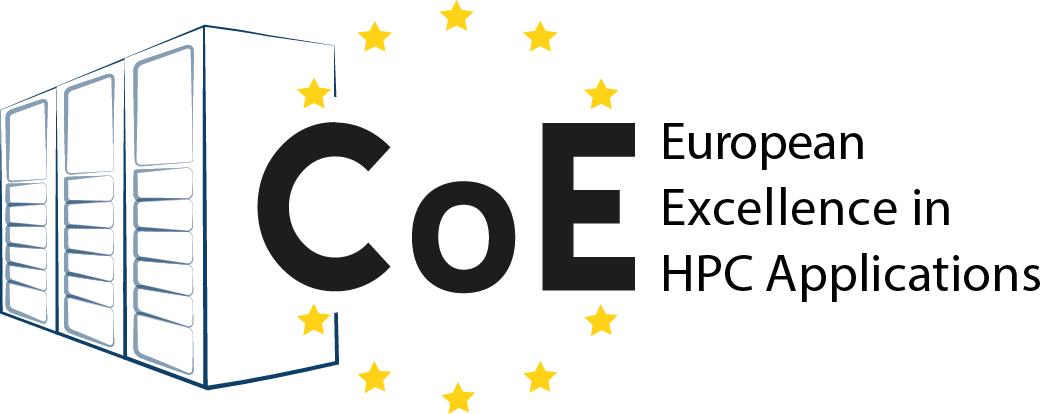- Homepage
- >
- Neuro-Musculoskeletal Medicine
CompBioMed
[su_list icon=”icon:check” icon_color=”#FED538″ indent=”0″ class=””]Palabos
Palabos is Lattice Boltzmann Method (LBM) solver, available as open source, and massively parallel. The team of Prof Bastien Chopard at University of Geneva (CH) has specialised it to solve a number of relevant biomedical problems, including simulation of blood flow, and bone cement penetration during vertebroplasty. The software has specific features to deal with biomedical problems, reading medical images. Palabos was tested on CADMOS BlueGene/Q (Switzerland), UniGe Baobab (Switzerland).
Palabos – Vertebroplasty Simulator: This solution, currently in its final stage of development, uses Palabos to provide a vertical solution for the pre-operative planning of vertebroplasty. Micro CT images of the damaged vertebral body are converted into an LBM model, which simulates multiple cement injections with different access point and cement volume. The simulation results predict exact filling patterns of the injected cement. Plans of future developments include converting the results into a finite element model, which will predict the increase in biomechanical strength with respect to the untreated vertebra.
Palabos – Flow Diverter Simulator: This solution, currently in its final stage of development, uses Palabos to provide a vertical solution for the pre-operative planning for the insertion of flow diverters. CT scan images of blood vessels with aneurysms or other anomalies are converted into an LBM model. Different types of flow diverters are numerically inserted to test their impact on the blood flow pattern. Simulation output includes wall shear stress distribution in the aneurysm to predict the rate of blood clotting.
CoE: ComBioMed
Insigneo Bone Tissue Suit (IBTS)
Insigneo Bone Tissue Suit (IBTS) This is a collection of modelling tools developed by the teams of Prof Marco Viceconti, Dr Shannon Li, and Dr Enrico Dall’Ara, at the Insigneo Institute at the university of Sheffield (UK), with the collaboration of Dr Francesc Levrero Florencio (Oxford), Prof Pankaj Pankaj (Edinburgh) and Prof Lee Margetts (Manchester). Starting from microCT or NanoCT datasets of bone tissue, the suit provides tools for: – MicroMesh: Automatic generation of Cartesian 8-node hexahedral finite element meshes from microCT data, using both homogenous, or density-based heterogeneous material mapping; – MicroFE: large-scale micro finite element solver, based on the ParaFEM library for large displacement, large strain, simulations of bone tissue micromechanics; – BoneDVC: Digital Volume Correlation code that computes the displacement field induced in bone tissue specimens subjected to staged compression. The Insigneo Bone Tissue Suit will enable a complete modelling and validation cycle on very largescale datasets generated with Sn-microCT with resolutions of up to 4000^3 voxels. The code is installed, optimised, and is accessible to any user with a valid account and CPU-time on the ShARC and Archer HPC systems.
CoE: ComBioMed
Computer Tomography to Strength (CT2S)
Computer Tomography to Strength (CT2S) is an on-line service developed by the team of Prof Marco Viceconti at the Insigneo Institute at the University of Sheffield (UK), which allows the prediction of the biomechanical strength of a patient’s bone from a clinical CT scan of that bone. The service operates by creating a patient-specific finite element model of the bone, using a state of the art image-processing pipeline. This very precise model of the patient’s anatomy is then examined under a range of highly realistic simulated loading conditions, including walking, running, stair-climbing and falling, and the fracture load is computed in each case. Data summarising the identified fracture strength is returned to the user. The solution is currently exposed as a service, accessible through a web interface; the backend HPC system currently in use is USFD’s own ShARC. The service is currently provided at cost, with a significant discount for non-sponsored clinical studies. USFD is currently exploring the best marketing strategy.
CoE: ComBioMed
